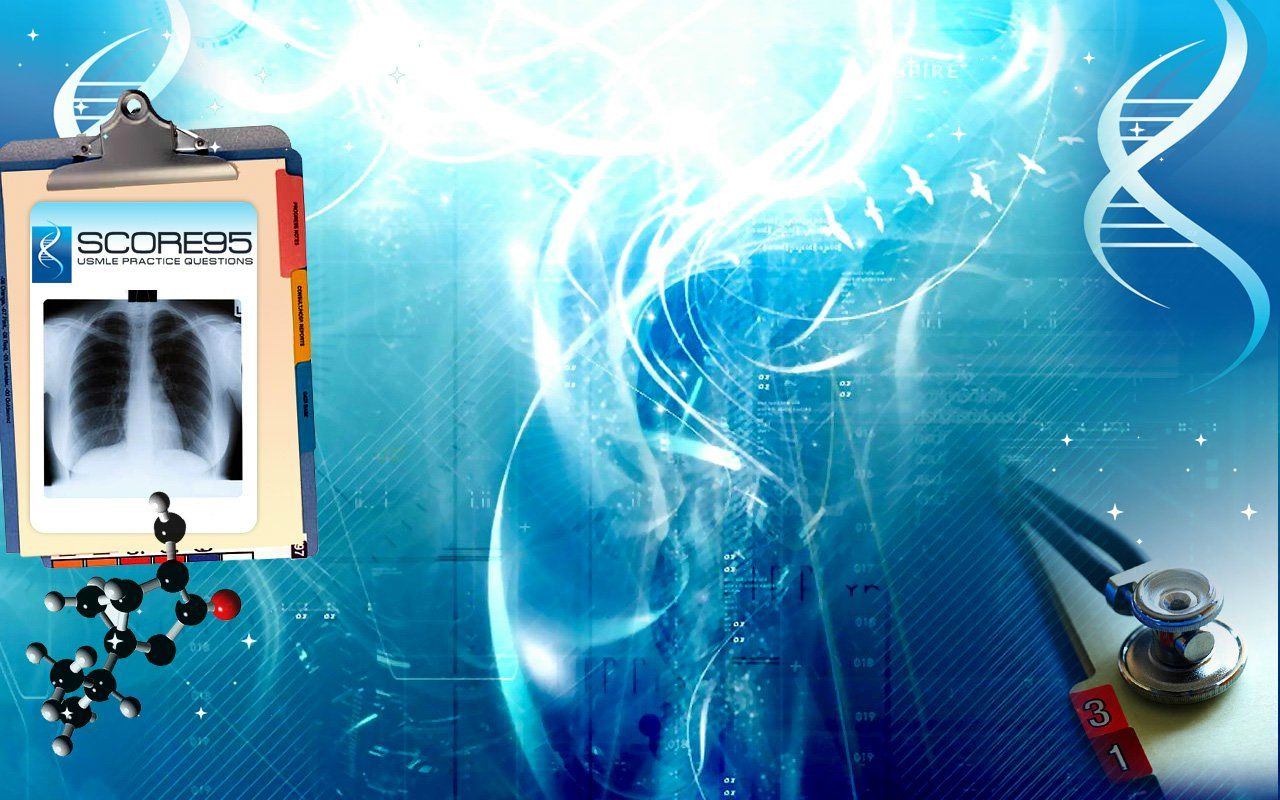Legumes: Good or Bad? Legumes are fairly controversial today. Depending on who you ask, they’re both incredibly nutritious or uniquely dangerous. Some folks even select to eliminate legumes from their eating regimen altogether. Should legumes be averted, or can they play a component in a healthy diet? This text takes an in depth look on the proof.
The legume household consists of plants that produce a pod with seeds inside. In this text, we use the time period “legumes” to describe the seeds of these plants. Common edible legumes embrace lentils, peas, chickpeas, beans, soybeans, and peanuts. The differing types vary significantly in nutrition, look, style, and use.
- Provide you with the opportunity to experiment and study
- 20 pounds in 2 months
- Social Media Manager (Facebook and Twitter)
- Focus extra on the eccentric portion of the train
- Set up Google Alerts
- 2 years ago from United States
- Spirulina (blue-inexperienced algae) protein
- Pregnant or nursing
Bottom Line: Legumes is a basic term used to describe the seeds of plants from the legume household, which includes beans, peas, lentils, and peanuts. Legumes have quite a remarkable nutrition profile, and are a wealthy supply of healthy fibers and protein. 18 grams of protein. 16 grams of fiber.
Forty grams of carbohydrate. 37% of the RDA for iron. 90% of the RDA for folate. 18% of the RDA for magnesium. 21% of the RDA for potassium. Over 10% of the RDA for Vitamins B1, B3, B5 and B6, phosphorus, zinc, copper and manganese. That is coming with a calorie ticket of 230, which makes legumes highly nutritious, calorie for calorie.
Legumes have an potential to repair nitrogen from the atmosphere. Nitrogen is an integral part of amino acids, the building blocks of proteins. This is why legumes are amongst the most effective plant-based mostly sources of dietary protein. Not only are legumes extremely nutritious, they are also very cheap, which makes them an essential meals staple in lots of developing countries.
Bottom Line: Legumes are extremely nutritious and really excessive in each protein and fiber. They’re also cheap and extensively out there. Unfortunately, there’s a downside to the high nutritional quality of legumes. Additionally they contain so-called anti-nutrients, which are substances that can interfere with digestion and the absorption of other nutrients. Phytic acid, or phytate, is found in all edible plant seeds, together with legumes.
It impairs the absorption of iron, zinc and calcium from the meal, and will enhance the chance of mineral deficiencies over time. However, this is barely related when meat intake is low and high-phytate foods recurrently make up a big part of meals. Meat eaters aren’t susceptible to mineral deficiencies attributable to phytic acid.
Iron and zinc absorption from meat is environment friendly, even in the presence of phytic acid. Conversely, phytic acid is a severe concern when the food regimen is largely based mostly on grains and legumes, which are often the case in growing countries. Vegetarians may even be at risk. In these situations, a number of methods can be utilized to scale back the phytic acid content and enhance the nutritional value. These include soaking, sprouting, and fermentation.
Legume lectins are a household of proteins present in legumes, where they could constitute as much as 10% of the full protein content. They resist digestion and some of them could affect the cells lining the intestinal tract. There are many different types of legume lectins. One nicely-studied section is phytohemagglutinin, discovered in lots of kinds of beans, particularly red kidney beans. Phytohemagglutinin is toxic in high quantities, and a number of other incidents of poisoning have been reported after consumption of uncooked or improperly cooked kidney beans. In most different edible legumes, the quantity of elections is just not high enough to trigger signs in people.
However, as a basic rule, beans should by no means be eaten until totally cooked and ready. Soaking overnight and boiling at 212°F (100°C) for a minimum of 10 minutes, degrades phytohemagglutinin and other legume lectins. Saponins are a diverse group of nutrients found in a variety of plants. They’re resistant to digestion however might affect the cells lining the intestine. Some imagine that they could increase intestinal permeability, additionally known as leaky intestine, leading to a variety of well being problems. Currently, this stays purely speculative and there isn’t good evidence that saponins in legumes trigger hurt in people.
